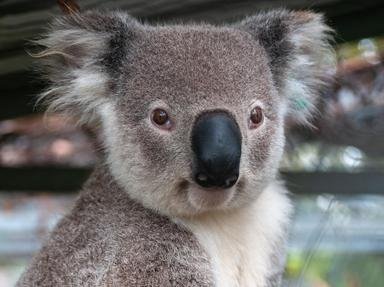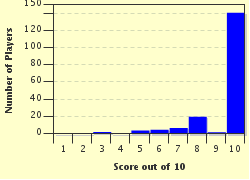
Australian Animals: Some Delightful, Some Deadly Quiz
In Australia we have wonderful beaches, scenery, climate, friendly people and some unique and very unusual animals. Many are delightful and cuddly but many are deadly and scary. Here is a look at some of our animals.
A matching quiz
by zambesi.
Estimated time: 3 mins.
